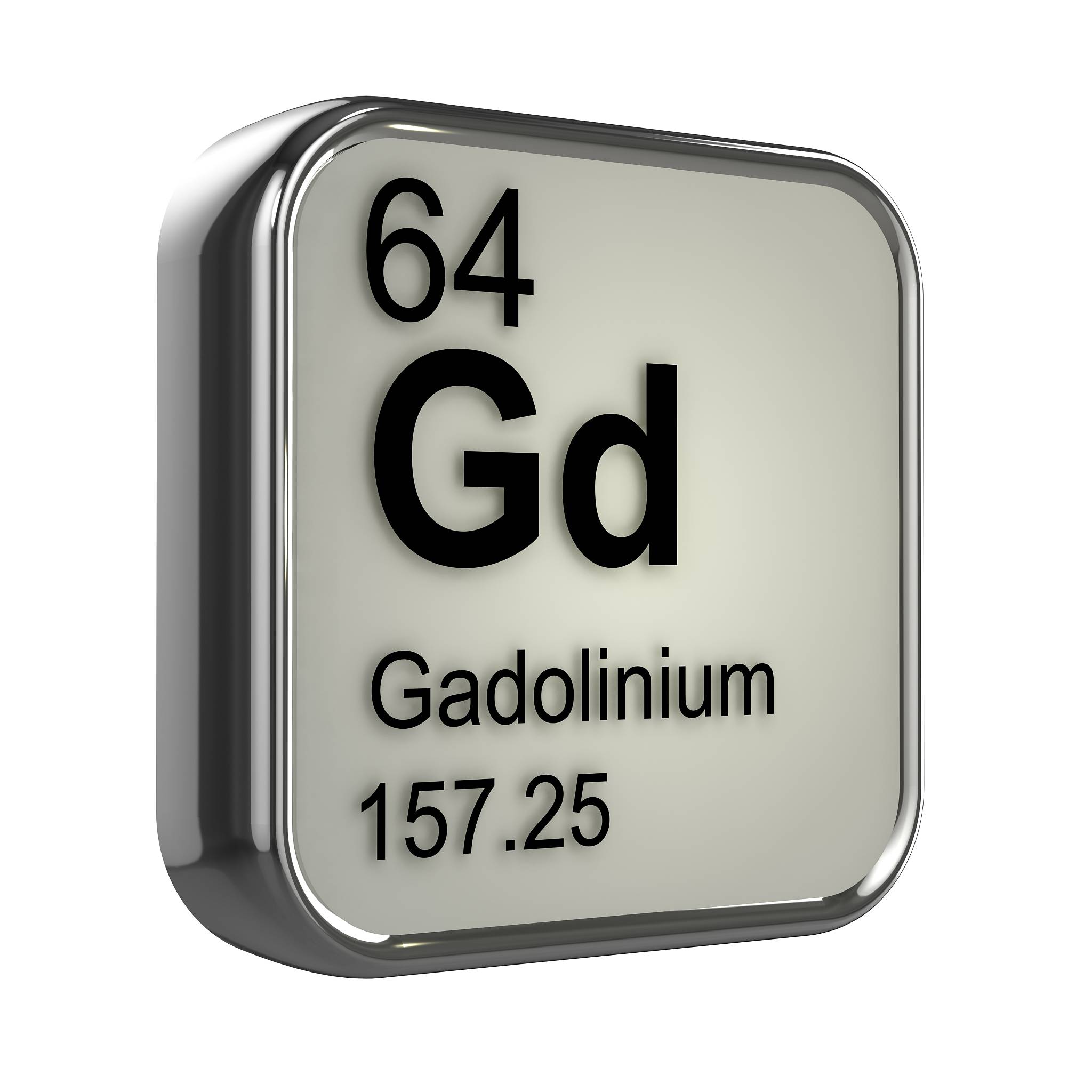-
Application of ion exchange resin in food industry
Ion exchange resins are used in the food industry for a variety of applications. They can be used to remove heavy metals, salts, and other impurities from food products. They can also be used to separate components of food products such as proteins, carbohydrates, and fats. Additionally, Strong acid cation exchange resin and weak base anion exchange resins can be used to adjust the pH of food prod...
-
Application of ion exchange resin in gallium extraction
Ion exchange resin can be used in the extraction of gallium from aqueous solutions. The process involves passing an aqueous solution containing gallium ions through an Gallium extraction resin, which binds to the gallium ions and removes them from the solution. The gallium-loaded resin is then treated with an acid to release the gallium ions, which can then be collected for further processing. Thi...
-
Development of ion exchange resins in the United States
Ion exchange resins have been developed in the United States since the 1950s. Early research focused on developing cation exchange resins for water softening and deionization applications. The first commercial ion exchange resin was introduced in 1956 by Dow Chemical Company. Since then, ion exchange resins have been used in a variety of applications, including water treatment, food processing, ph...
-
Fluorine removal chelating resin
SY-901 defluorination resin is a polymer that introduces active rare earth element groups onto the styrene divinylbenzene framework and undergoes surface oxidation heat treatment. It is also a type of chelating resin. The unique structure of SY-901 defluorination resin helps to form stable complexes with fluoride ions in water, reducing the fluoride ion content in water from tens or hundreds of pp...


 English
English
















